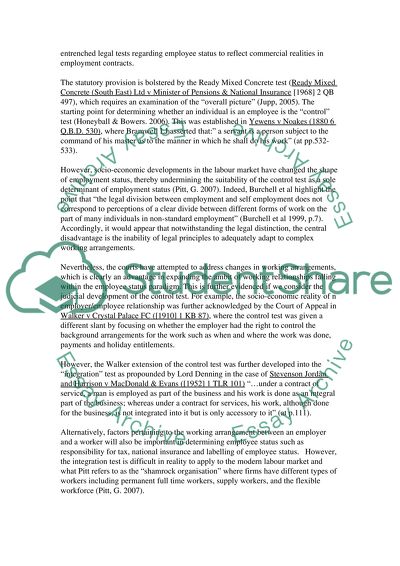Cite this document
(The Approaches of the Judiciary to Employee Status Coursework - 4, n.d.)
The Approaches of the Judiciary to Employee Status Coursework - 4. https://studentshare.org/law/1563073-employment-law
The Approaches of the Judiciary to Employee Status Coursework - 4. https://studentshare.org/law/1563073-employment-law
(The Approaches of the Judiciary to Employee Status Coursework - 4)
The Approaches of the Judiciary to Employee Status Coursework - 4. https://studentshare.org/law/1563073-employment-law.
The Approaches of the Judiciary to Employee Status Coursework - 4. https://studentshare.org/law/1563073-employment-law.
“The Approaches of the Judiciary to Employee Status Coursework - 4”. https://studentshare.org/law/1563073-employment-law.


